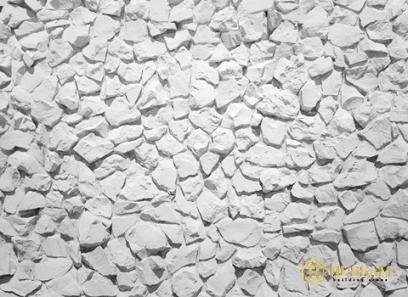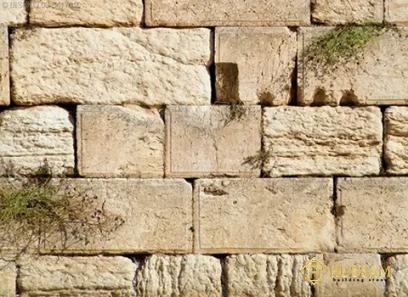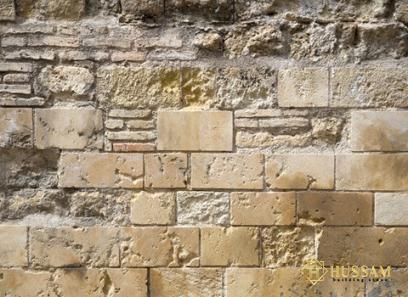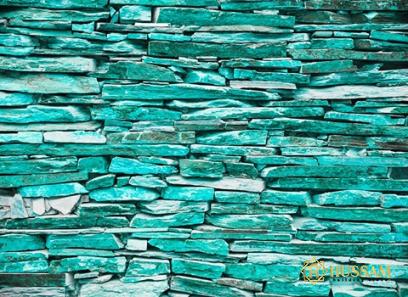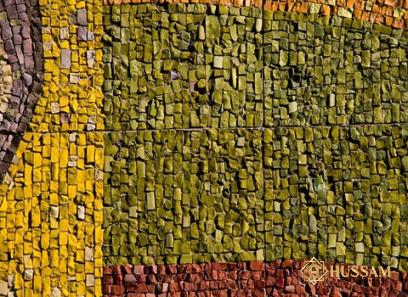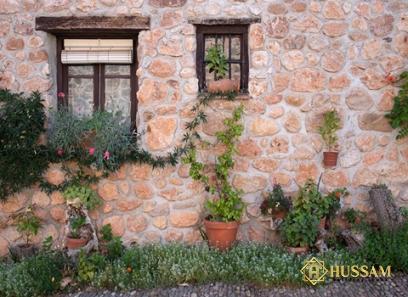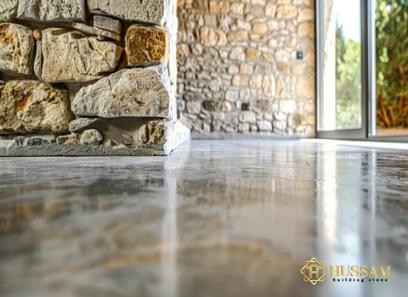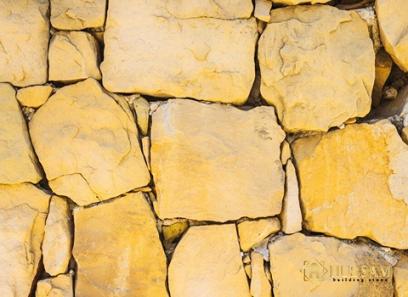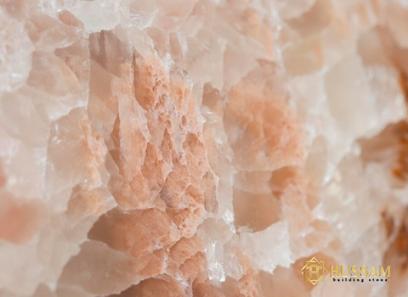Gabion stone wall Price + Wholesale and Cheap Packing Specifications
Now it’s time to learn about a stone called gabion used in the wall and in fact about sizes and another factor called depth
The development of gabion walls
At first, the gabion wall was utilized for military purposes more frequently than any other function
To achieve this objective, enormous cages are fabricated, and their interiors are then stuffed with stones and dirt
These cages are then used to safeguard military equipment and locations
In ancient Egypt, in order to forestall flooding, wooden walls constructed in the manner of modern gabion walls were erected, and the spaces within them were crammed with stones
This approach is still put into practice in a great deal of the world
Details pertaining to the construction of gabion walls
The gabion wall, also known as the stone cage, is constructed out of hot galvanized wire
The wires that are used to weave the gabion net have a diameter that ranges between 2
5 and 5 millimeters and is formed into hexagonal springs of varying sizes
Wires woven together produce holes, which are then used as springs
The size of Dior gabion springs ranges from 8 by 8 millimeters to 10 millimeters by 12 millimeters; however, 5 by 6-millimeter springs are utilized when gabions are used in rivers
Because gabion cages can be made into any shape or design, or because they can be painted with any color imaginable, using them is an excellent way to contribute to the improvement of the surrounding environment
Gabion cages can be utilized as appealing decorative walls for the purpose of designing the exterior of the house
On the other hand, gabion boxes are utilized in the production of a wide variety of unique furniture designs, in addition to a wide variety of specialized construction structures
How can you make sure that a gabion wall is safe? They have to be sturdy enough to support the gabions in the correct manner, and they have to be fastened to a concrete slab that is located underneath the basket wall
The rigidity of the structure can be achieved by interlocking the individual baskets using the stabilizers, which can be threaded through the apertures in the individual baskets
One meter is the minimum distance that should be allowed between the support posts
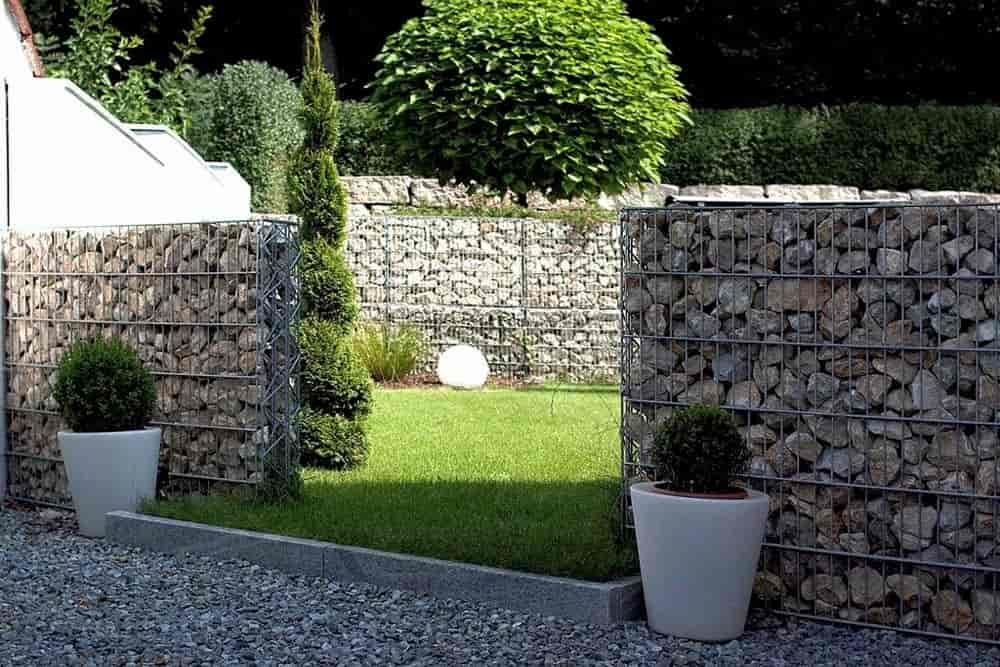
Gabion stone wall
What is a wall made of gabion called? The gabion wall, also known as a stone cage, is a construction that is formed of a gabion net, which is one of the different forms of the metal net and has gained a significant amount of space
The gabion wall is constructed out of metal mesh, and the space inside is stuffed with stone or other natural materials
This wall features a number scale
This structure can be altered, and it is created to the desired height in rows that are very small
This wall, in most presentations, seems like a metal shelf with stone fragments arranged on it
What kind of stone works best for making gabions? Granite, sandstone, and quartzite are the three types of stone that are utilized the most frequently
They can be any shape, but stones that are either rounded or rectangular will work the best to fill the gabion
The implementation of a gabion wall
Gabion has been incorporated into the design of buildings for a considerable amount of time
It is common practice to erect gabion walls in order to make the interior environment or building sections more aesthetically pleasing
When constructing gabion wall types for your garden or garden, the gabions should be arranged in the shape of small boxes and stacked one on top of the other
Staircases are another possible configuration for this type of setup
The arrangement of the work on this style of wall, as well as the quantity of surrounding space, is generally freeform and dependent on the size of the work
With this particular configuration of the gabion wall, it is possible to alter the form of the boxes so that they take the form of cylinders or ring walls
When the boxes are finished, it is time to begin constructing the foundation of the wall so that it can be strengthened
How long do gabion barriers typically remain in place? Gabions are built to be utilized in settings that are permanent; however, the setting in which they are situated has a direct bearing on how long they will remain in place
Because of this, the expected lifespan of gabion walls can range anywhere from ten to seventy-five years, depending on the location in which they are installed
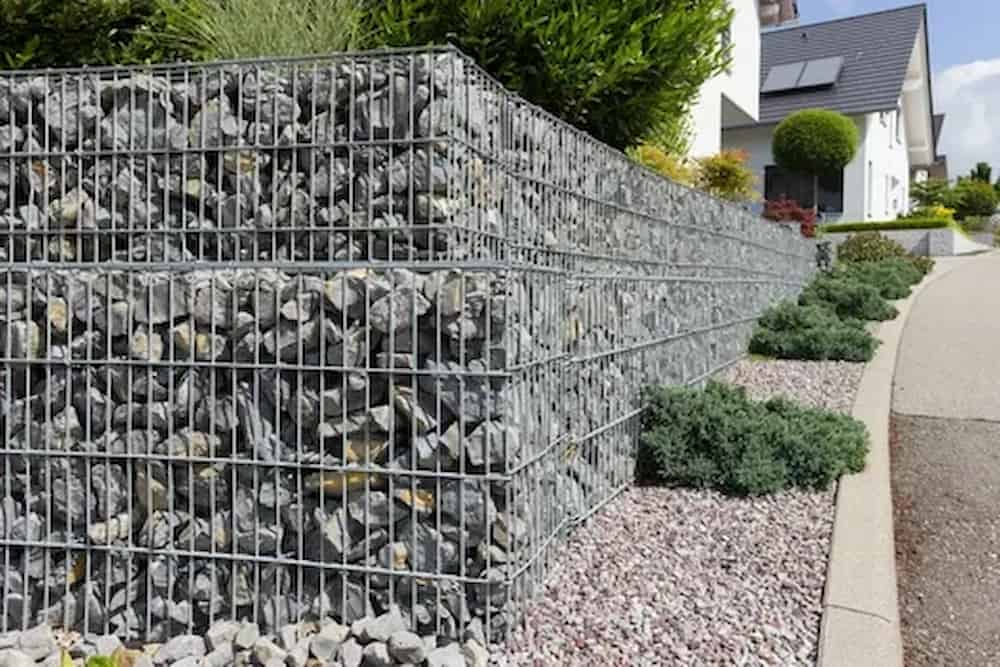
Gabion stone wall sizes
What range of sizes is available for a stone called gabion? Standard Size Gabions that are used in the wall
Gabions made of twisted mesh have historically been constructed in lengths of 3 feet, 4
5 feet, 6 feet, 9 feet, and 12 feet; widths of 3 feet and 4
5 feet; and heights of 1 foot, 1
5 feet, and 3 feet
The chart that follows presents a comparison of the standard gabion sizes for rehab mattresses as well as baskets
What kind and what size of the rock is gabion? Rock pieces must be at least 100 millimeters in diameter and no more than 250 millimeters in diameter when used in gabion baskets
In the case of mattresses, the minimum rock size required is 75 millimeters, and the maximum size required is either 2/3 the thickness of the intended mattress thickness or 250 millimeters, whichever is lower
What is the ideal height for a gabion wall? Gabions can be cut on-site to the needed dimensions in order to meet your needs
The typical thickness for walls up to three meters in height is three millimeters
The architectural specification calls for a thickness of 4 millimeters, while the military specification calls for a thickness of 5 millimeters or for usage on taller walls
What is the utmost height that a gabion wall can reach? The maximum height that is permitted is 18 feet
75 percent of the maintained height is a good rule of thumb to follow when determining the length of the bottom course
It is presumed that the preserved height will be the same as the height of the wall
When estimating lateral earth pressure, the equation developed by Coulomb is utilized
The gabion wall is particularly environmentally friendly since it may be stuffed with naturally occurring materials that are aesthetically pleasing and do not disrupt the natural environment
Due to the fact that this framework is constructed out of white hot wire, it has a high level of durability and is consequently inexpensive
We need roughly 25 mm of base for constructing a bed wall
In general, a concrete form foundation is not required for the gabion wall; however, a double-wall base should be used for materials that are likely to be heavier
While it may not be necessary to conduct a strength test if the wall weight is low, it is necessary if the weight of the wall is high enough to warrant such a test being carried out
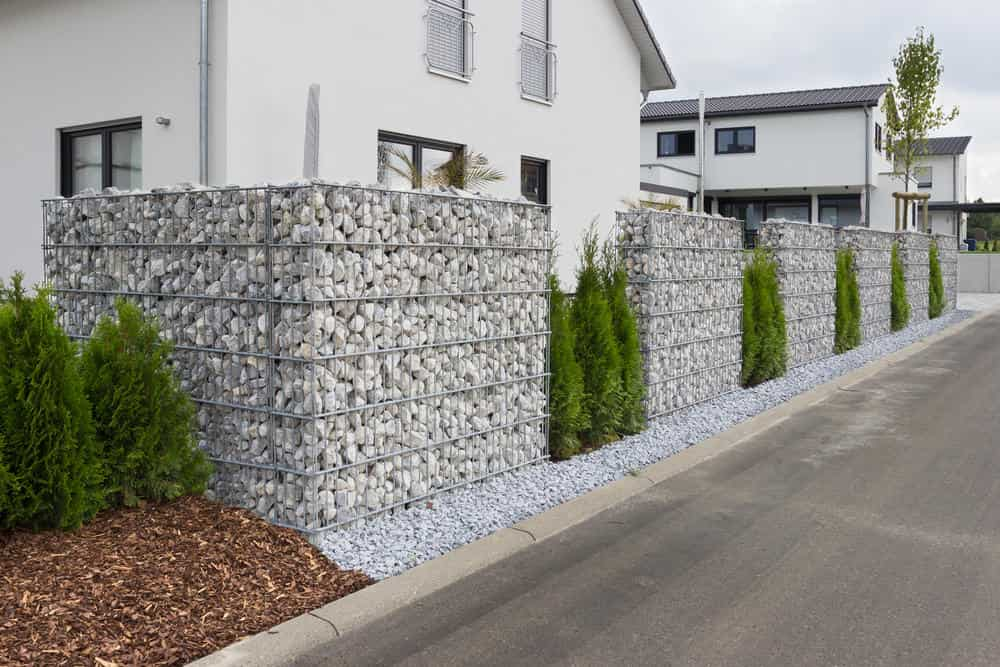
Gabion stone wall depth How far apart do gabions have to be placed on the wall? And also what is the depth of stone called gabion? Pyramids are the most common form for the design of gabion walls
As a general rule, the bottom row basket depth should be increased by a half meter for every 1 meter that the wall height is increased
The bottom row of a wall that is 2 meters high should have a depth of 1
5 meters, and the top row should have a depth of 1 meter
Gabion aprons are frequently utilized in channel works applications, where they serve the purpose of protecting the toe of retaining wall structures from scour, which has the potential to cause undermining
It is strongly suggested that the depth of the gabion apron be between 9 and 12 inches at the very least
Because this type of structure has high strength and resistance, it is an excellent choice for things like an embankment, retaining walls, slope protection, waterway bottom, dam construction, and so on
If gabion structures were made in much larger formats (due to their significant and practical structure), we could use them in engineering constructions
This particular kind of construction, because of the type of gabion used, has high penetration, and water quickly travels through them; as a result, they will not be damaged to a significant degree
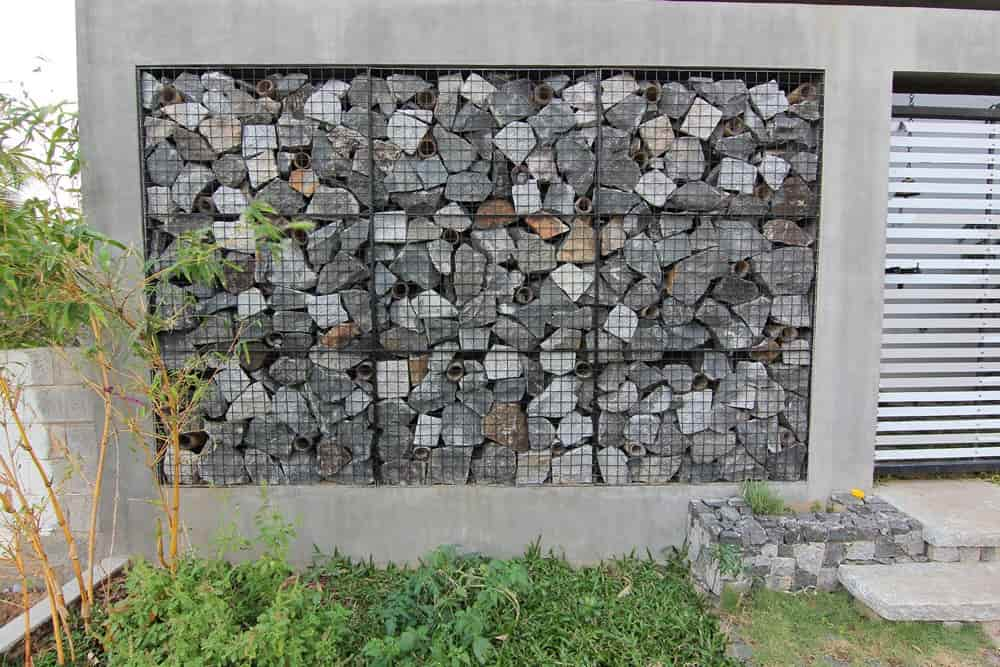
The utilization of gabions in the building of dams is recommended for this very reason
Gabion stone is a form of crushed stone, such as limestone, that is collected from nearby stone quarries and used as filler for gabion boxes, baskets, and cages
Other names for gabion stone are basket stone and basket filler
This crushed stone is available in a range of sizes, depending on the use
The most common dimension for stones is between 200 and 100 millimeters
You now have the knowledge you require to make an educated decision regarding the gabion stone that should be utilized outside of your home
Before making a final decision on what to use, it is important to always consider the cost as well as the quality of the wall stone offered by reputable and experienced organizations and Make direct touch with the experts

